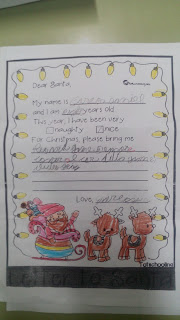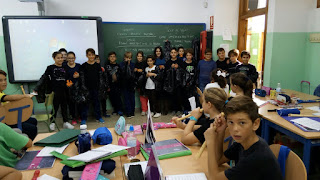Halloween 2016: How to celebrate the festival and why do children
trick or treat
The day is celebrated on the eve of Christian feast of All Saint's Day
or All Hallows Day.
October 28, 2016 10:05 BST
It is that time of year when
people can shed inhibitions and dress in spooky costumes.
Halloween is celebrated on 31
October, a day before the Christian feast of All Saints' Day or All
Hallows Day. This year, the celebration falls on Monday.
History of Halloween
There
are conflicting theories on the origins of the festival. Straddling between
fall and winter, legend has it that Halloween dates back to the ancient
Pagan religion of the Celtic tribes, who worshiped the Sun God along with
300 other Gods. It is believed that the ancient ethnic group celebrated two
major festivals a year, Beltane and Samhain or
Saman.
Hence
bonfires and Jack-O-lanterns are
lit and masks and costumes are donned to keep evil spirits away. The
festival is also linked to All Saints' Day, the history of which dates
back to the eighth century when Pope Gregory III announced 1 November as
a day to honour all saints and martyrs. While Beltane marks the beginning
of summer, Saman is the celebration of the end of summer. Also known as
the harvest festival, it signifies the time to stock supplies and prepare for a
harsh winter. According to some theories, Samhain or the lord of death,
overpowers the sun during the winter and allows evil spirits to roam on
Earth on the day of Halloween and cause mayhem on harvests.
However,
the festival has evolved overtime and has become popular among multiple cultures
with people organising community events and costume parties.
Trick or treating: Children
become the centre of attraction during the festival as they dress up in
interesting costumes and go door-to-door trick-or-treating people and collect
Halloween candies.
The
history of the tradition dates back to the 12th and 15th centuries, when people in Britain
and Ireland dressed up as ghosts and angels and went from door-to-door
asking for soul cakes.
North
Americans started using the term "trick-or-treat" in the 20 century
and the phrase became popular in the 1930s and 40s in other parts of the
world.
Costume parties and Jack-o'-Lanterns: Since
it is believed that evil spirits roam freely during Halloween, people wear
ghostly costumes so that they can easily deceive them.
However,
costume ideas over the years have evolved. Instead of dressing up as
ghosts and angels, people are choosing unique topics and personalities –
real and fictional – to stand out in crowds. Carved pumpkin lanterns are another
attraction of the harvest festival.















































